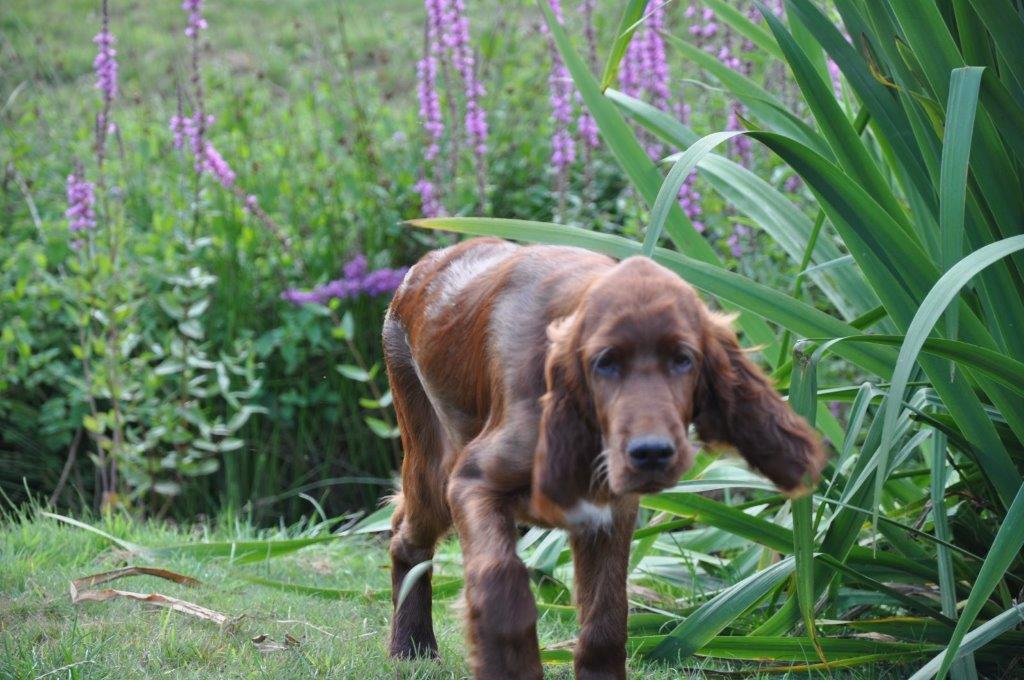
Gardens And Our Dogs
With the warmer weather finally making an appearance we are spending more time in our gardens along with our pets which in turn come into contact with plants that may be harmful to them if eaten. We have therefore put together a list of plants and bulbs we should keep our family pets away from throughout the year. Should your pet ingest any of these items, seek veterinary care immediately.
- Azalea/Rhododendron – highly poisonous even if only a few leaves are eaten.
- Daffodil – all parts are harmful including water that has had cut flowers in.
- Geranium – all parts are poisonous.
- Hyacinth – again very toxic especially the bulb.
- Ragwort – all parts are toxic, this plant is around for the majority of the year.
- Rhubarb – the leaves are poisonous in raw or cooked form.
- Snowdrops – as per the Hyacinth the bulb is the most toxic.
- Tulip – again the bulb is the most toxic, however all parts can be toxic in large quantities.
- Elder – all parts including elderberries are poisonous.
- Foxglove – both leaves and seeds contain a toxin that can cause vomiting, diarrhoea, heart problems, fits and collapsing.
- Hydrangea – parts are toxic due to the plant containing cyanide.
- Lily of the valley – flowers and leaves are very poisonous as they contain a toxin that causes the same reactions as Foxgloves.
- Amaryllis – all parts are toxic especially the bulb
- Autumn Crocus – all parts are extremely toxic.
- Chrysanthemum – all parts are toxic although the smell may deter from being eaten.
- Conkers & Acorns – both are toxic although serious cases of poisoning are rare however they can cause stomach problems, vomiting and intestinal blockages.
- Poinsetta – this is mildly toxic
- Holly – all parts are toxic and the leaves can also cause damage to the throat, stomach or gut if eaten.
- Mistletoe – the berries are usually the most toxic part